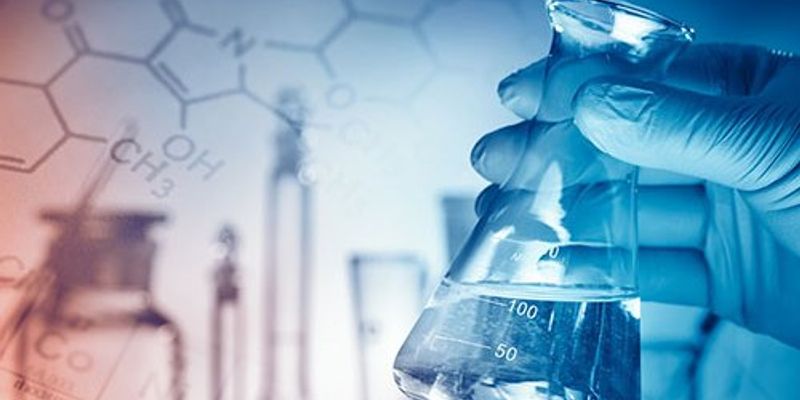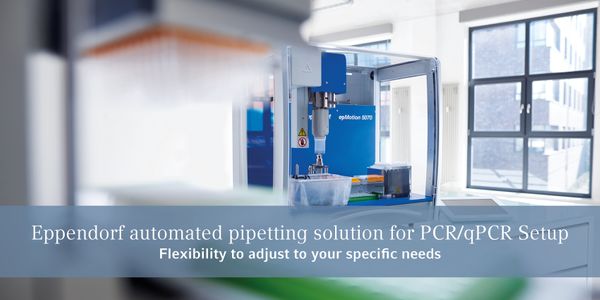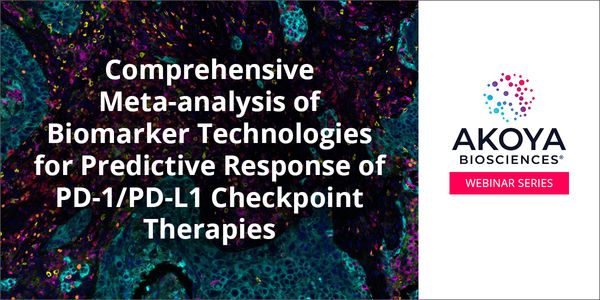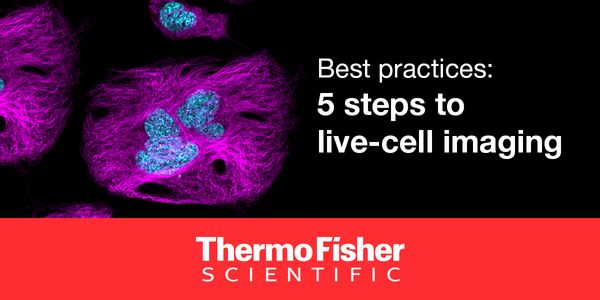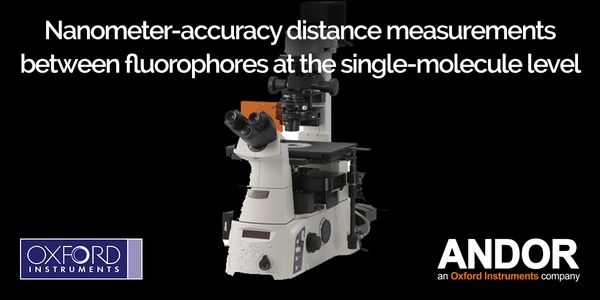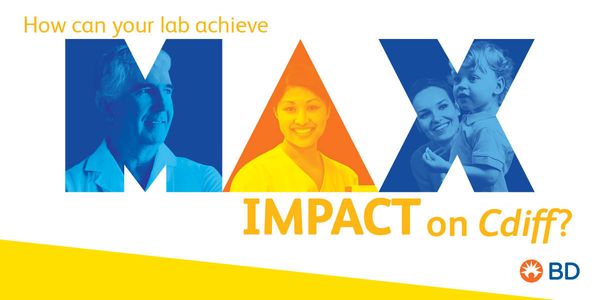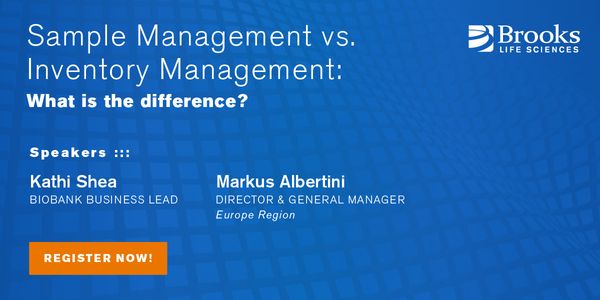AUG 20, 2019 | 9:00 AM
DATE: August 20, 2019TIME: 9:00am PDTDo you work with heat sensitive or volatile samples that require you to reduce sample volume through evaporation or sublimation? Are you unsure of...
AUG 15, 2019 | 9:00 AM
DATE: August 15, 2019TIME: 9:00am PDT, 12:00pm EDT Radiation therapy is a critical tool for the treatment of brain tumors, however, exposure to high doses of ionizing radiation...
AUG 14, 2019 | 8:00 AM
DATE: August 14, 2019TIME: 8:00am PDT Infectious disease surveillance and monitoring is critical in settings where disease outbreaks and antibiotic resistance can dramatically im...
AUG 13, 2019 | 10:00 AM
DATE: August 13, 2019TIME: 10:00am PDTWhether you are new to live-cell imaging or an experienced researcher, this webinar will show you how to obtain publication-quality live-cell image...
AUG 13, 2019 | 9:00 AM
DATE: August 13, 2019TIME: 9:00am PT, 12:00pm ET, 5:00pm BST Molecular complexes are major constituents of cells, hence unraveling their mechanisms is key to fuller comprehension of c...
JUL 31, 2019 | 9:00 AM
DATE: July 31, 2019TIME: 9:00am PT, 12:00pm ET The choroid plexus, which makes up the blood-cerebrospinal fluid barrier in the central nervous system (CNS), lines the ventricle...
JUL 24, 2019 | 9:00 AM
DATE: July 24, 2019TIME: 9:00am PT, 12:00pm ET This webinar offers an overview of C. difficile diagnostic test methods, discussion on the controversy regarding the best laborat...
JUL 17, 2019 | 9:00 AM
DATE: July 17, 2019TIME: 9:00am PDTViral infections, including those caused by cytomegalovirus (CMV), Epstein-Barr virus (EBV) and BK virus (BKV) are an important cause of morbidity and...
JUN 27, 2019 | 9:00 AM
DATE: June 27, 2019TIME: 9:00am PDT, 12:00pm EDT At present cancer research focuses on three major areas viz. cancer diagnostics, drugs development, and next-generation therapi...
JUN 26, 2019 | 9:00 AM
DATE: June 26, 2019TIME: 9:00am PDT, 12:00pm EDT An excessive number of software solutions are available to help manage your clinical, biobank, or biorepository sample inform...
Contemporary law enforcement has greatly expanded its ability to solve crimes by the adoption of advanced forensic techniques, electronic monitoring and new approaches in crime scene procedur...
